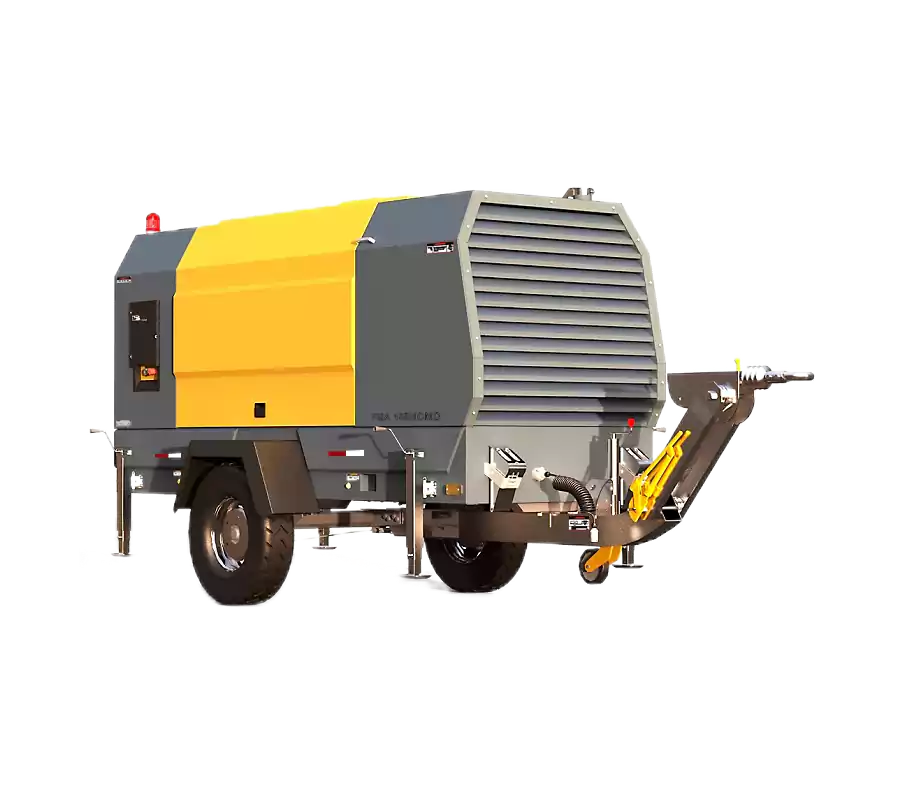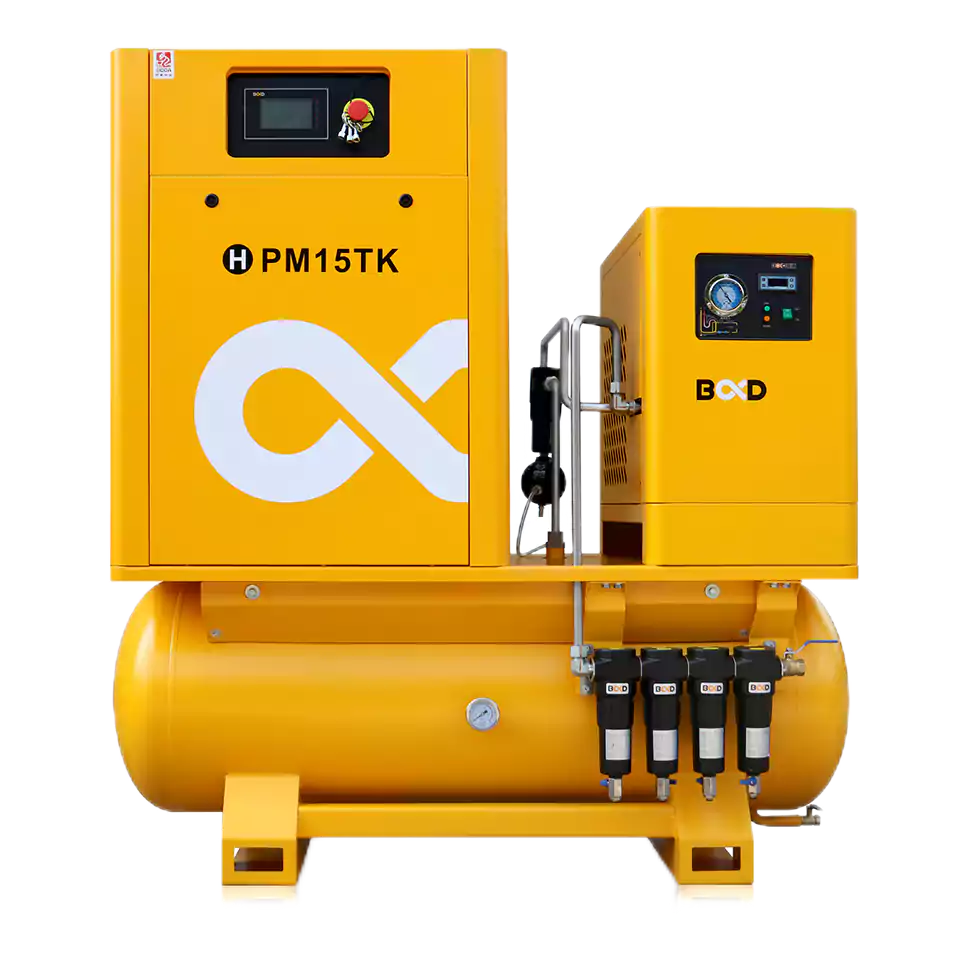| CFM (Cubic Feet per Minute) | m3/min (Cubic Meters per Minute) | CFM (Cubic Feet per Minute) | m3/min (Cubic Meters per Minute) |
|---|---|---|---|
| 1 cfm | 0.028 m3/min | 10 cfm | 0.283 m3/min |
| 20 cfm | 0.566 m3/min | 30 cfm | 0.850 m3/min |
| 40 cfm | 1.1327 m3/min | 50 cfm | 1.416 m3/min |
| 100 cfm | 2.832 m3/min | 120 cfm | 3.398 m3/min |
| 150 cfm | 4.248 m3/min | 180 cfm | 5.097 m3/min |
| 200 cfm | 5.663 m3/min | 250 cfm | 7.079 m3/min |
| 300 cfm | 8.495 m3/min | 350 cfm | 9.911 m3/min |
| 400 cfm | 11.327 m3/min | 500 cfm | 14.158 m3/min |
| 800 cfm | 22.653 m3/min | 1000 cfm | 28.317 m3/min |
| 1500 cfm | 42.475 m3/min | 2000 cfm | 56.633 m3/min |
| 2500 cfm | 70.792 m3/min | 3000 cfm | 84.950 m3/min |
| 3500 cfm | 99.109 m3/min | 4000 cfm | 113.267 m3/min |
| 4500 cfm | 127.426 m3/min | 5000 cfm | 141.585 m3/min |
Understanding the conversion of air flow measurements is crucial in numerous industries, from HVAC to manufacturing. This guide will provide detailed insights into converting cubic feet per minute (CFM) to cubic meters per minute (m³/min), and vice versa, ensuring precise and efficient operations.
CFM stands for Cubic Feet per Minute. It is the imperial measurement of airflow volume, indicating how many cubic feet of air pass by a stationary point in one minute. Commonly used in the U.S., it is essential for evaluating the efficiency of HVAC systems and various air-driven tools.
CFM is a critical measurement in the HVAC industry as it helps determine the appropriate size of equipment needed for a specific space. Proper sizing ensures optimal performance, energy efficiency, and occupant comfort. In industrial settings, CFM is used to measure the airflow in ducts, pipes, and other ventilation systems to maintain proper air quality and remove contaminants.
Additionally, CFM is used to measure the performance of various air-driven tools, such as portable rotary screw air compressors, sanders, and spray guns. Ensuring the correct CFM for these tools is essential for optimal performance and prolonged tool life.
 B&D Portable Diesel Industrial Rotary Screw Air Compressor featured
B&D Portable Diesel Industrial Rotary Screw Air Compressor featured
Conversely, m³/min (cubic meters per minute) is a metric unit of volumetric flow that measures the amount of cubic meters of air moving per minute. It’s widely used outside the U.S., especially in scientific and industrial applications where high precision is required.
m³/min is the standard unit for measuring airflow in many countries that use the metric system. It is used in similar applications as CFM, such as HVAC systems, industrial ventilation, and compressed air systems. Understanding m³/min is essential for professionals working on international projects or with equipment specified in metric units.
Converting between these two units involves understanding their relationship: 1 CFM is equivalent to approximately 0.0283168466 m³/min. Knowing how to accurately convert these measurements is vital for engineers and technicians working internationally or with equipment specified in different measurement systems.
Several online tools and calculators offer easy conversion, such as the detailed conversion resources found here.
These tools simplify the conversion process, allowing users to input values in either CFM or m³/min and instantly obtain the corresponding value in the other unit. They often provide additional features, such as the ability to convert between other related units like liters per second or cubic meters per hour.
In industries like manufacturing, the correct air flow measurements ensure that machinery operates within safe and efficient parameters. Conversion knowledge is also essential in sectors like mining, where air quality and control directly impact worker safety and environmental standards.
For example, in a manufacturing plant with equipment specified in metric units, a technician may need to convert the airflow requirements from m³/min to CFM to use a rotary screw air compressor. Accurate conversion ensures that the compressor provides the appropriate airflow for the equipment to function optimally.
In the mining industry, proper ventilation is crucial for maintaining a safe working environment. Airflow measurements are used to determine the required capacity of ventilation systems to remove contaminants and provide fresh air to workers. Converting between CFM and m³/min allows mining engineers to work with equipment and standards from different countries, ensuring compliance with international safety regulations.
A: Accurate conversion ensures that machinery and systems are properly sized and operated, leading to improved efficiency and safety.
In industrial settings, proper sizing of equipment is crucial for optimal performance and energy efficiency. Overestimating the required airflow can lead to wasted energy and increased operating costs, while underestimating can result in inadequate performance and potential equipment damage.
When working with equipment or standards specified in different units, converting between CFM and m³/min allows engineers and technicians to accurately determine the airflow requirements. This ensures that the equipment is operating within its designed parameters, leading to improved efficiency, reduced downtime, and enhanced safety.
Moreover, in industries such as mining and manufacturing, where air quality and ventilation are critical for worker safety, accurate airflow measurements are essential. Converting between CFM and m³/min enables professionals to work with international standards and equipment, ensuring compliance with safety regulations and maintaining a safe working environment.
A: Yes, standard calculators can compute basic conversions, but for more detailed calculations, specialized online tools like the Air Flow Conversion Calculator are recommended.
While a standard calculator can be used to perform the basic mathematical operation for converting CFM to m³/min (multiplying the CFM value by 0.0283168466), it may not be the most efficient or user-friendly method, especially for repetitive conversions or when working with large datasets.
Specialized online tools, such as the Air Flow Conversion Calculator, offer a more streamlined and intuitive approach to converting between various airflow units. These tools often provide additional features and benefits, such as:
Using dedicated airflow conversion tools can save time, reduce the risk of errors, and provide a more efficient workflow for professionals who frequently work with different airflow measurement units.
A: A comprehensive conversion chart is available at here, detailing various conversions between CFM and m³/min for different flow rates.
Conversion charts provide a quick and easy reference for converting between CFM and m³/min without the need for calculations. These charts typically list a range of values in one unit and their corresponding values in the other unit, allowing users to find the closest match for their specific airflow measurement.
The conversion chart available at Airpressa is a reliable resource that covers a wide range of flow rates, from low to high values. The chart is organized in a clear and easy-to-read format, with CFM values listed in the left column and their corresponding m³/min values in the right column.
Using a conversion chart can be particularly helpful when working with approximate values or when a quick reference is needed on the job site. However, for more precise conversions or when working with values not listed in the chart, using a calculator or online conversion tool is recommended.
It’s essential to ensure that the conversion chart being used is from a reputable source and has been verified for accuracy. The Airpressa chart is a trusted resource, but professionals should always double-check the source and cross-reference with other reliable tools when working with critical airflow measurements.
Understanding and converting between CFM and m³/min is essential for accurate air flow measurement in various applications. Utilizing reliable tools and resources, such as those from Global Pumps and UnitJuggler, can help ensure that these conversions are precise and tailored to specific industry needs.

Mastering airflow measurements and conversions is crucial for professionals working in industries such as HVAC, manufacturing, mining, and pneumatic tool operation. By understanding the relationship between CFM and m³/min, and utilizing the appropriate tools and resources, engineers and technicians can ensure optimal equipment performance, energy efficiency, and compliance with safety standards.
Key takeaways from this guide include:
By mastering airflow measurements and conversions, professionals can optimize their work, improve system performance, and contribute to a safer and more efficient working environment.

Meta Description: Learn how to convert CFM (cubic feet per minute) to m³/min (cubic meters per minute) and explore the significance of these conversions in industrial applications. Find out more about the tools and calculators that can assist you in ensuring accurate measurements.